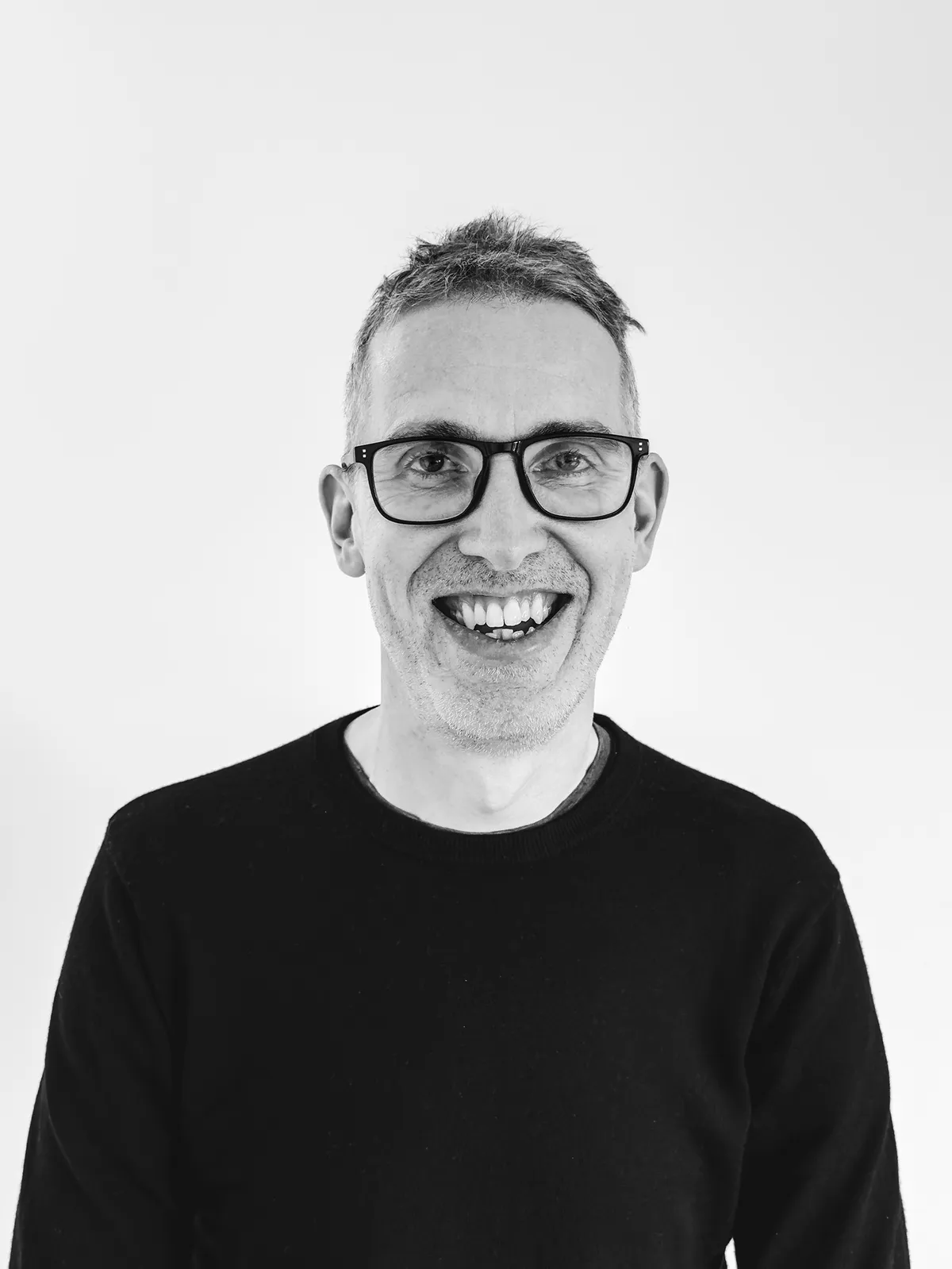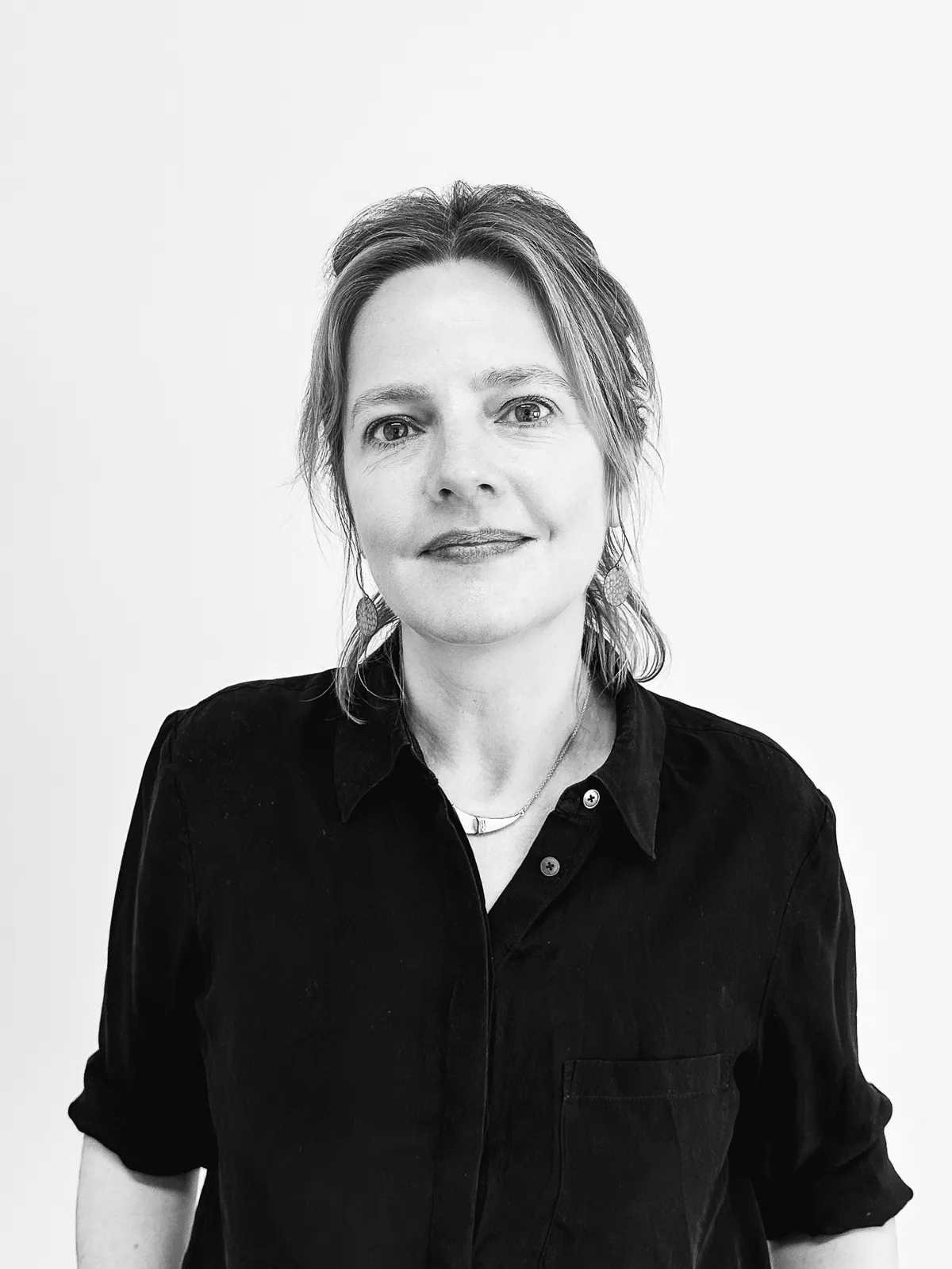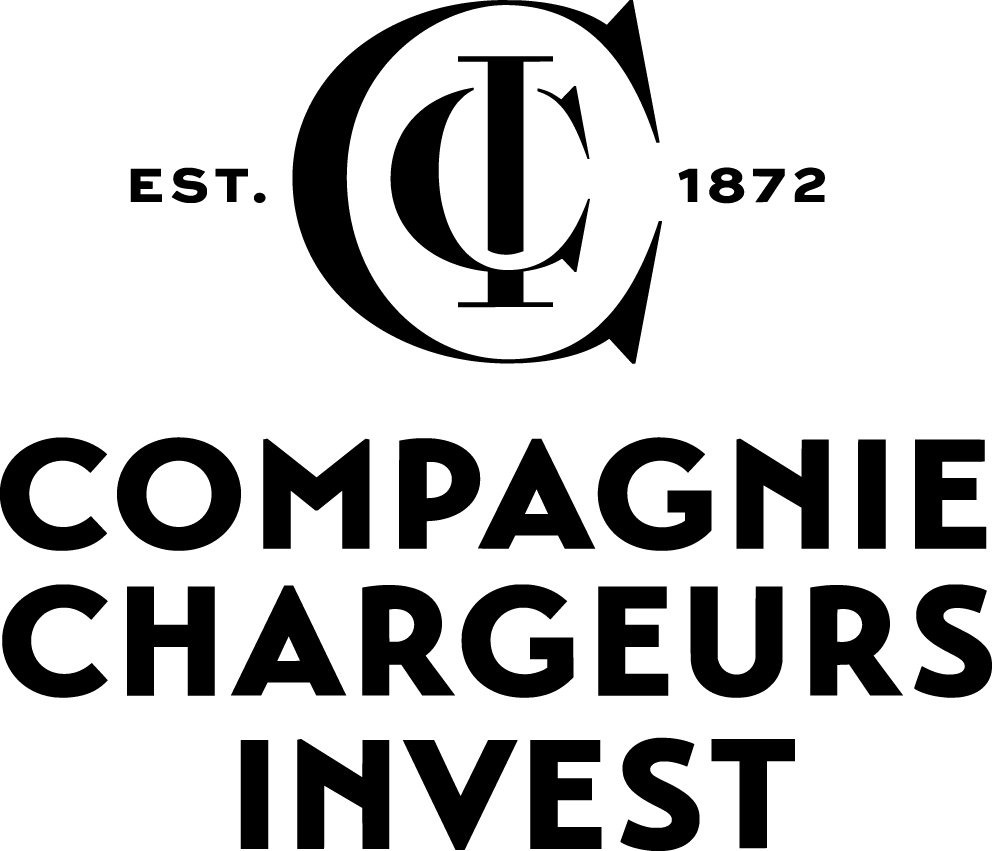Updates
Eden Qingdao: Making a positive difference
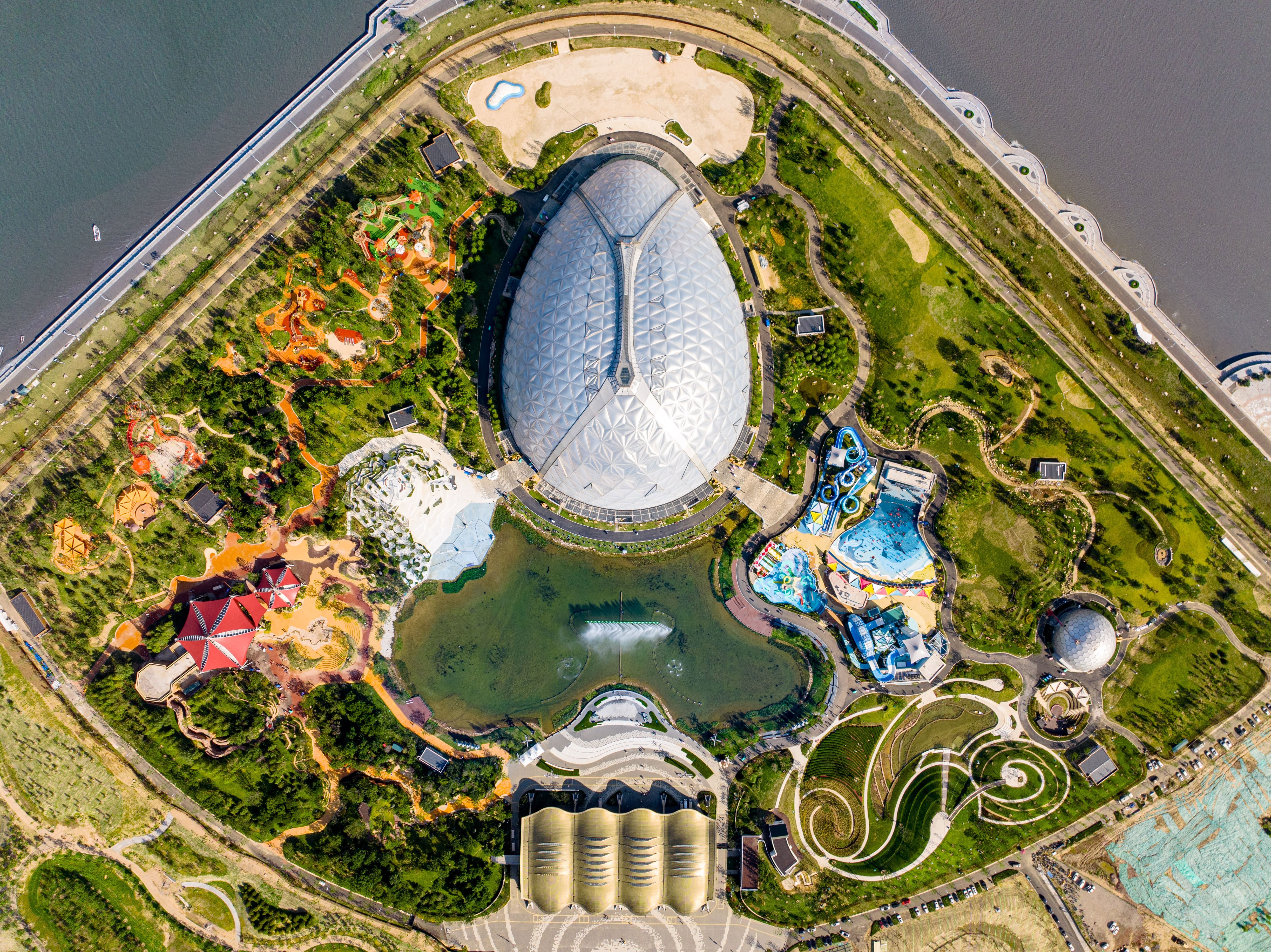
On Saturday 28 June 2025, Oriental Eden, a new awe-inspiring visitor destination modelled on the Eden Project officially opened in Qingdao, China.
Event, a Museum Studio company, worked on the design for this extraordinary cultural and tourism destination.
Echoing the pioneering transformation of a barren clay pit in Cornwall, Oriental Eden recovers an expansive environmentally damaged landscape spanning a 200 acres site overlooking Jiaozhou Bay. It spans an impressive 1,200 acres, with 400 acres dedicated to its core attractions.
This immersive destination combines science education, entertainment, live performances and social initiatives – all designed connect its millions of visitors with nature. The engagement approach pays special attention to the water story linked to the local surroundings. This extends the reach of Eden Project’s charitable mission demonstrating and inspiring positive action for the planet.
Here, Event says, their design priority was to create a narrative and experience that communicates just how important water is to us and our planet – that it is the lifeblood of our world, our fellow life forms and our own communities.
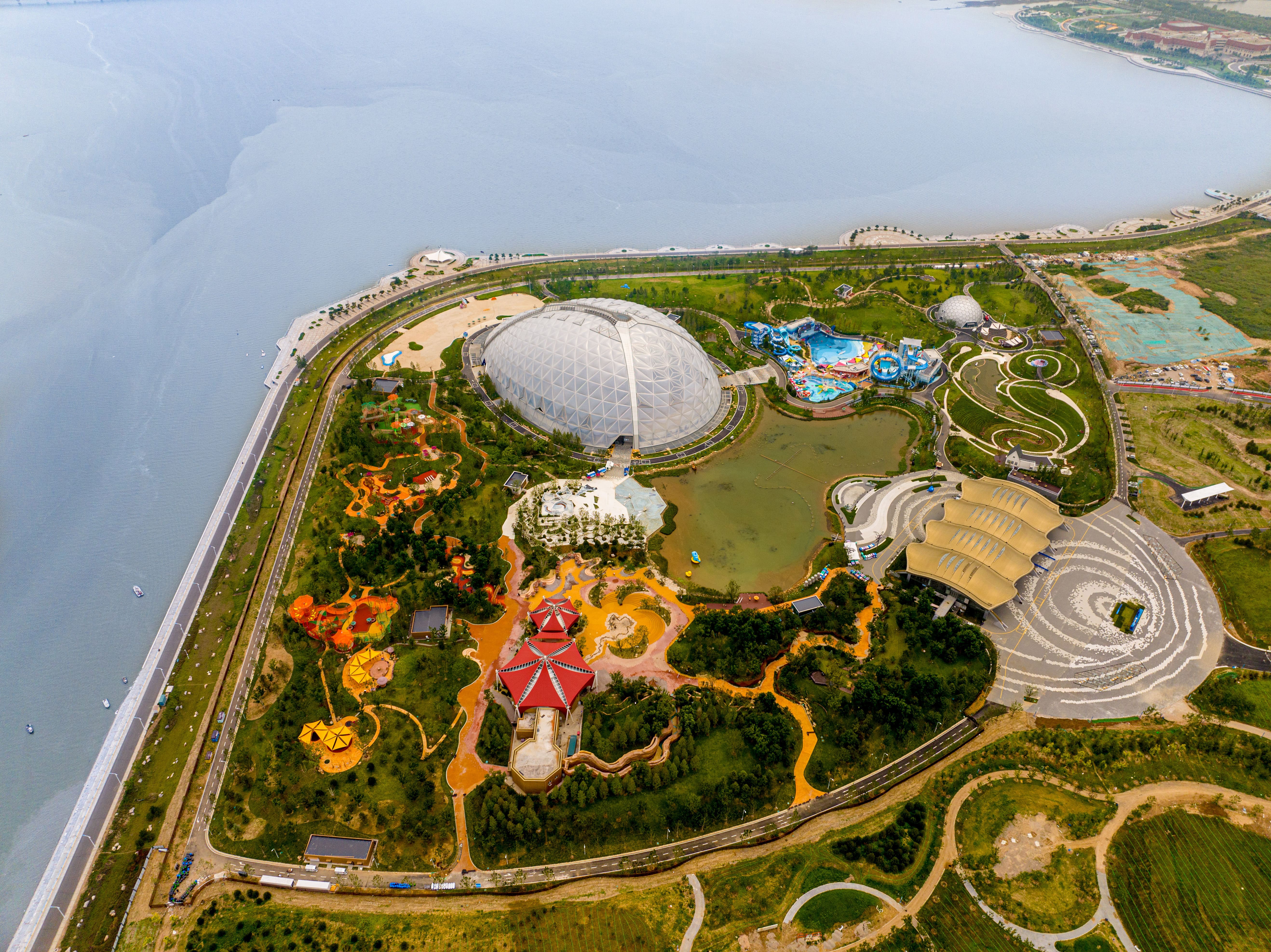
‘A dramatic journey takes the visitor through theatrical moments,’ Andrew Lock, Associate Director and Sustainability Lead at Museum Studio, explains, ‘from microscopic life in a drop of water, to thunder claps and arid deserts.’
The project aims to convince the visitor of the importance of water and so to make a small but important step towards societal change.
Museum design in an age of climate urgency
Sustainable practice is evidently extremely important, the studio says, but Event believe they have other important roles to play in addressing climate injustice and biodiversity loss.
‘One of the most important things we can do is to change the narrative,’ explains Lock. ‘We think about where we can help museums be regenerative as well as sustainable – as well as preventing harm, how can they add benefit? Museums are in an important position – (...) they have the potential to help people think differently about our place in nature.’
‘We consider ourselves fortunate to have built up quite a portfolio of natural history projects,’ adds Hulme. ‘One thing we keep finding ourselves coming back to when we’re in the early stages of these projects, is our responsibility in addressing the lingering sense that humans are separate from and superior to nature.’
This, say Event, is the way that museums can influence society and cultural behaviour, in particular when it comes to narratives around our planet and our place in it.
The role of co-creation
Lock describes how he believes that through local co-creation initiatives, the museum sector can contribute to societal change that can help ensure climate justice and reduce biodiversity loss.
‘The benefit of co-creative practice,’ says Lock, ‘is that it can be fantastically specific to communities and local needs.’
This shifts the emphasis, he explains, into facilitation rather than traditional design, creating a scaffold through which local communities can express themselves.
Creating an emotional connection
The first step, Event believes, is to create an emotional connection between people and nature, and exhibition design can perform this role exceptionally well.
‘We were thrilled to be placed second in the international design competition for the new Estonian Natural History Museum,’ says Kate Hulme, Associate Director of Strategic Communications at Museum Studio
‘We found the project to be incredibly inspiring – the natural history of Estonia is rich and varied and unique. For us, the creative starting point was how to get people from a feeling of powerlessness to a feeling of agency and advocacy. For me that was about taking them from a journey from the emotional detachment that comes with feeling powerless, to falling in love with nature and wanting to advocate for its needs and rights.
From there, she continues, the creative team wanted people to step into an equal relationship with nature, albeit one that acknowledged the damage humans have done – ‘creating a respectful relationship that just might lead to different decision making’, she says.
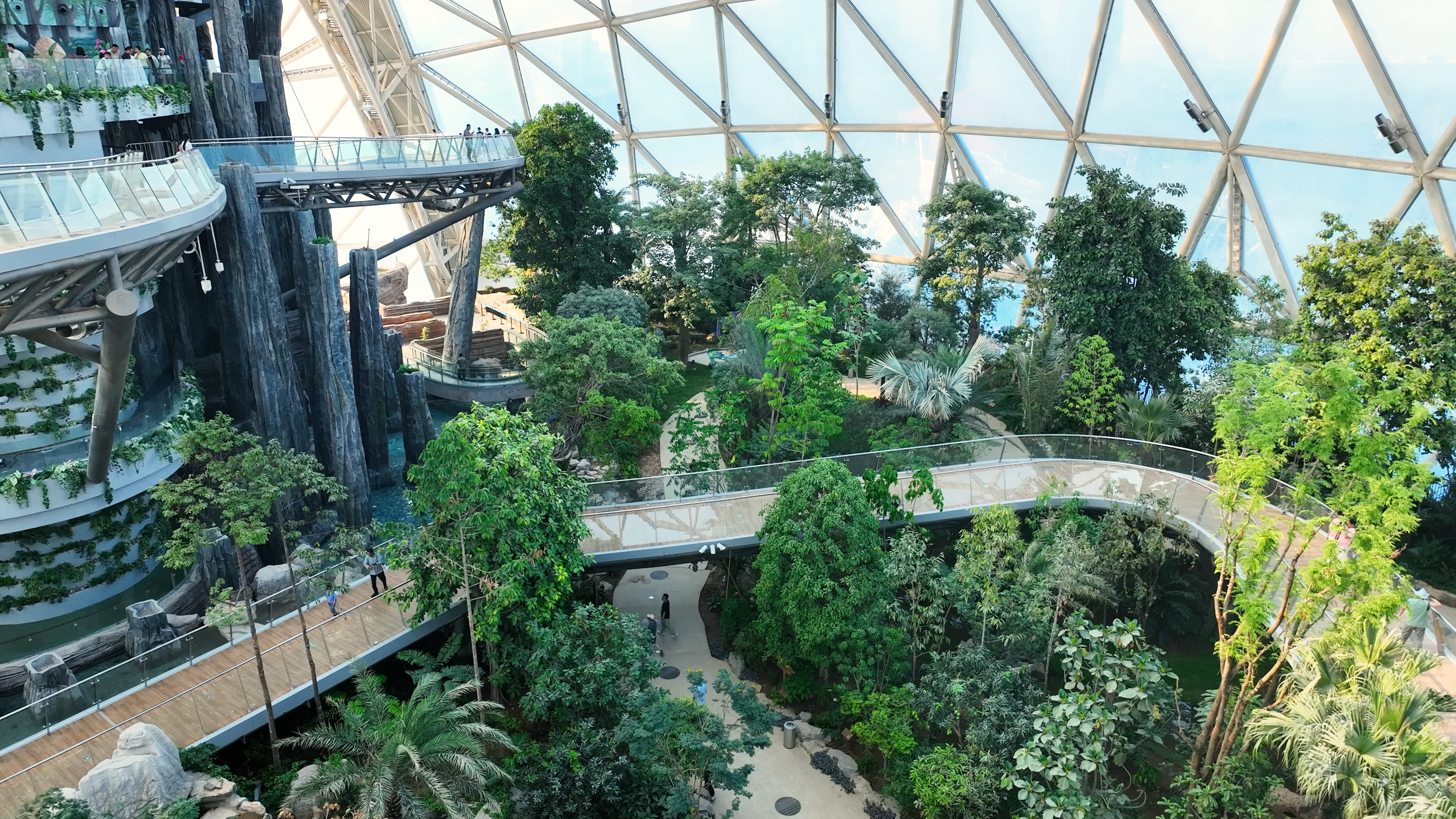
The future, the studio says, lies in handing over control to communities to shape the narratives and this means designing in an entirely different way. ‘As designers we like control,’ says Lock, ‘but if you design like that, you don’t allow the community in. We need to design in a way that’s a framework rather than a solution, and that’s the only way you’ll get true community expression into your design.’
‘At the heart of it, it’s about giving people the tools to advocate for themselves and their environment. That’s how we see our role – empowering people to ask for and advocate for change.’, he concludes.
About Event
Established in the 1980s, Event was born out of a desire to create change and promote social justice for all. Created from a partnership between a content creator and a designer, the practice has been through many transformations, but the importance of this close dialogue between design and content has never changed.
‘Rather than content feeding design, or creating briefs for it to follow, we believe in the importance of a shared space where the magic happens,’ says Kate Hulme, Associate Director of Strategic Communications at Museum Studio.
‘This isn’t exactly about form following content, though it often does – it is about innovative ideas coming from a team of inspired people sitting round a table together.’
Images: Oriental Eden
